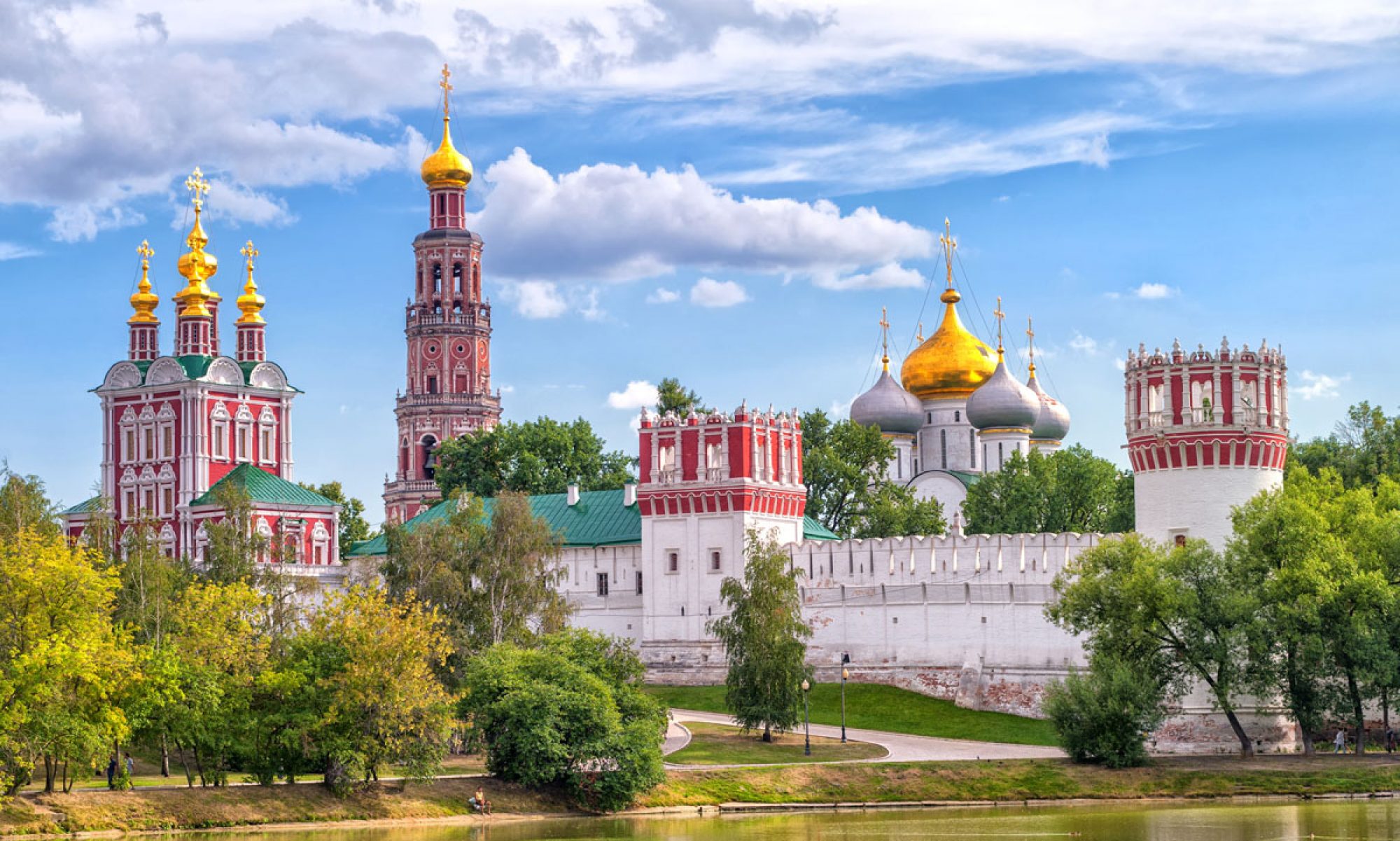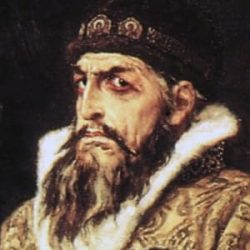When reading the demands that the Russian people brought to the Tsar, it made me imagine what life was like back then. Today, we live with basically all of their demands and we don’t really think about what our life would be like without these rights. The people were demanding basic human rights, about voting, working conditions, freedoms of speech, religion, etc. that we have. When reading Father Gapon’s petition to Nicholas II, it showed how bad the Russian people wanted to get these rights. They were willing to die for their rights, and would do anything to try and gain them. It was very interesting to read because most pieces about revolution that I have read do not include modern things about working conditions, so it makes you realize that it wasn’t that long ago that people all over the world were fighting for stuff that we do not always think about today, unless you are impacted directly/indirectly or have a concern about those facing discrimination. These were just some thoughts I had while reading.
European Fashion in Russia and Igor Stravinsky, “The Rite of Spring”
Fashion in Russia has not had many changes, but when it does change, the change is drastic. Before Peter the Great came into power, there was little to no influence from the West on Russia. Peter decided to create a new westernized style of clothing for the Russian people. The clothing was more revealing and tighter than what the people were used to. For the men, he also required them to shave their beards .
In the summary about the primary source of “European Fashion in Russia,” when Peter the Great commanded the people in Russia to convert into western European clothing, most of the people were not very supportive with Peter the Great’s idea in wearing westernized clothing because they think it is considered sinful and immoral to wear because they usually covered their bodies when clothing. But there is a reason why Peter the Great changes the dress code in Russia is because he wanted to encourage his people that they are a part of the European country and westernization in Moscow, he thought that dressing up as a European means essentially becoming part of a European country. The military in Russia wear European uniforms in the empire, including the upper-class who started to wear westernized clothes in their estates, and the peasants continued to wear the old slavophile tradition. While fashion changed in Europe, it continued to change in Russia. Russia kept up with the new Westernized styles because without it there would be no fashion in Russia.
“The Rite of Spring” is a ballet written by Igor Stravinsky in 1913. The ballet was written for the 1913 Paris Season. The ballet is seen as being influential, scandalous, and controversial at the same time. It includes detailed costumes, intense choreography, and a thought provoking soundtrack that keeps you on edge the whole time. It also includes pagan sacrifices. At first the ballet faced hard backlash from the crowd due to mistakes from the opening night, but eventually it turned into one of the most influential pieces of work from the 20th century.
Questions:
- From the view of a slavophile, can you explain why Russian fashion kept up with the European/Western look and did not change to a more Eastern look? Does this make Russia a Western country or just heavily influenced from the West?
- What does fashion hold in Russian society for the lower and upper class? What are the differences, does fashion really separate the classes?
- Does fashion have anything to do with revolutions in Russia? Pg 121, brief mention of Lenin’s fashion.
- In the ballet, the opening music creates a somber, sneaky environment. It also keeps you on edge trying to figure out what is going to happen next. (6-6:45) What was the composer trying to relate with the music in comparison to the theme of the ballet?
- The first scene of the ballet is very tribal. The costumes of all of the characters, mainly the women, are sort of native like. (9:45ish) What do the costumes throughout the ballet say about what kind of country Russia is? Does it have more of a slavic view, western view, or just a view of their own.
- Around minute 18:00 an old man appears and he becomes the center of the people. Everyone dances around him, and causes chaos while he stands in the middle and looks confused. Is he some sort of pagan prophet coming to direct the people, a tribal elder, or a foreshadowing of the development of Christianity in Russia?
- The last scene of the ballet includes essentially a dance to the death. The woman (whom we can assume is a pagan) is killed, and carried off by the animals that were surrounding her. Does this symbolism the end of paganism in Russia, and the end of Mongol influence on the Russian people?
Nicholas Karamzin, “Memoir of Ancient and Modern Russia”
Nicholas Karamzin is a Russian writer, poet, historian and critic. Karamzin wrote memoirs to try and change how the government was being run. He is also known as the founding father of Russian Conservatism. Alexander I greatly valued his advice on political matters and in 1811 Karamzin presented his work to Alexander to try and persuade him. 1811 was still considered a liberal period in Alexander’s rule so this could have had some affect on why the memoirs had little effect, and Mikhail Speransky was influential in Alexander’s life helping to push reforms of the government and government departments. Russia was also on the verge of going back to war with France. The major theme of the document is criticizing Mikhail Speransky (without ever calling him out) and the liberal government. Karamzin believed Alexander was a good ruler, and it was the liberal government and influences that was causing the problems in his reign. He criticized everything from Peter the Great, Catherine II, education, serfdom, and the overall government setup. The memoirs had no practical effect but it became an important piece of Russian literature.
Discussion Questions:
1.) Why didn’t Karamzin name Mikhail Speransky in the document?
2.) In the document Karamzin speaks highly of Alexander. Can we consider this document as propaganda for the Tsar? If yes, why would Alexander need such a document? What can this tell us about his situation and could it have been used for a broader influence as well?
3.) Can we consider Alexander a conservative ruler going against Peter the Great and Catherine II’s previous policies? Why might he want to portray Alexander as a conservative compared to Peter and Catherine?
4.) How does Karamzin use people to legitimize his point of view through the document? (People’s willingness to change, the Senate, ex pg 283)
5.) What problems is Karamzin pointing out in the Russian Government?
6.) According to Karamzin, why is western influence on education a bad thing for the people? Could he believe that all western influence on Russia is bad, and would he not consider Russia to be a European country?
7.) How is the struggle between liberalism and conservatism in Russia affected by international situations like the French Revolution and Napoleon?
8.) Even though Karamzin says that Alexander is a good, caring, kind ruler of Russia why is he trying to persuade Alexander not to emancipate the serfs?
9.) Why does Karamzin only focus on men in the Russian society (only mentions Catherine II) and not women and the roles they play?
10.) How is Karamzin making disguised attacks against Speransky in the last section of the document?
Peter The Great— Yes Team
Peter the Great had many great accomplishments which included the Westernization of Russia, the new Law of Succession, and the Rise of the roles of Women. During this time Russia was falling behind in basically every part of modernization. Westerners viewed Russians as dumb and behind the times because they did not care about modernization and had little sense of education of any kind. Then Peter came along and wanted to make Russia a known powerhouse in Western Culture. After visiting Europe, Peter was influenced by Western Culture so much that he decided to bring it back. He brought back ship making skills, which led to the creation of the Russian Navy, and ships made such an impact on life that he created a museum for his first boat, “Botik”. He brought back a new form of dress for men and women. This new form of dress was refreshing compared to the old fashion. Westernizing Russia created new trade opportunities and alliances that Russia would have never had before. Peter liked merit. He liked having others work for things, and he did the same. Peter created the Table of Ranks where everyone would start at the bottom and work yourself up by merit. This new system encouraged anyone to possibly become gain nobility on their own. If you ranked high enough, it could be passed down hereditarily. Peter also created a new Law of Succession. He changed the old law of succession from passing the power onto the closest male blood relative, to the Tsar being able to appoint their own successors. This lessened the chances of regencies, unfit rulers, and undoing the good work of previous tsars. While improving the chances for more capable rulers who know the positions and women being able to become rulers. Before Peter came into power men and women were separated in all aspects of life. Women stayed in the terem, or a separate living quarters. Women had some decision making but not much. Peter encouraged women and men to socialize in public settings called assemblies. These parties put men and women together socializing, and having fun. Peter before his death claimed his wife Catherine the First Empress of Russia. After his death, she ruled until her own death. Women held higher roles in society under Peter. Peter the Great was a great ruler for Russia. He was practical, imaginative, a utilitarian ruler who cared about his people and did whatever he could to create peace and prosperity

